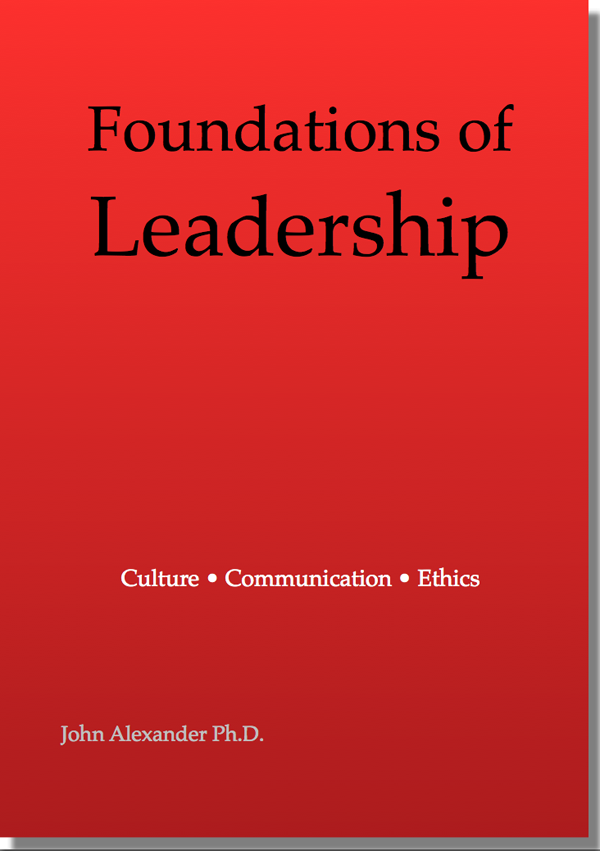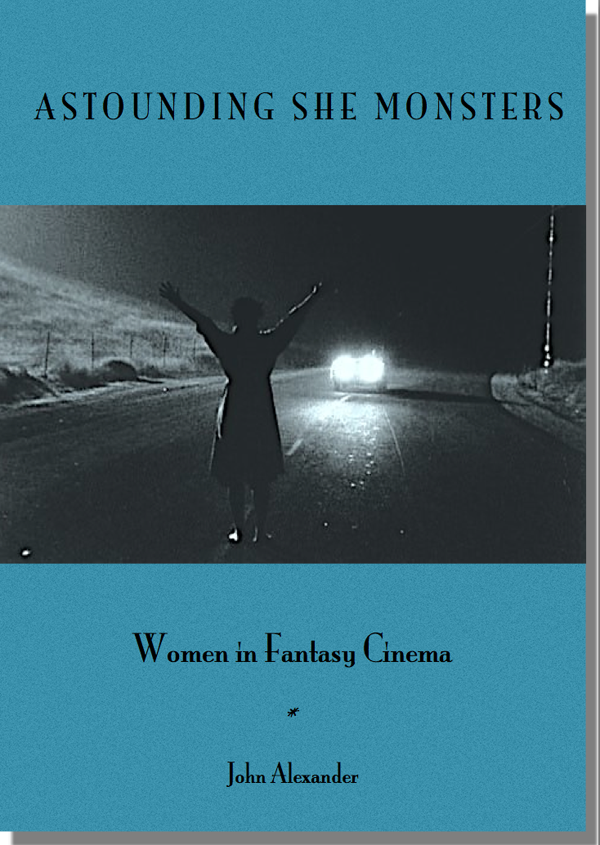Publications
 |
An Introduction to Cultural Phenomenology 146pp •Published 2013 How can classical philosophy help us deal with today’s cultural dilemmas? What’s more important - to be a good friend or to follow the rules? How far should we go to respect local culture at the cost of our own personal wishes? Who should be held accountable when things go wrong, and why should ‘culture’ matter so much in questions like leadership, responsibility and accountability? This illustrated introduction aims to explain the gap between personal experience and cultural value systems. It is a process to help us dispense with the traditional duality of ‘our way‘ and ‘their way‘ and rather focus on the meaningful dialogue. |
|
 |
How Swedes Manage Revised & Updated 2010 Edition 94pp • (First published 2000) “The best country in the world? The top of the World Economic Security Index? Amongst the world’s most ‘globally competitive’ nations? How does Swedish ‘soft style’ management fare in the hard climate of international business? Is there a future for the Swedish middle way? How Swedes Manage examines the core values of Corporate Sweden, looks at some of the successes of Swedish companies, and examines what makes Swedish management and leadership so unique. It is a guide of international business people, managers and travelers keen to gain new insights into one of the world’s most progressive business cultures. |
|
|
Consensus The Hidden Codes of Swedish Leadership 126 pp • 2008 How is it possible to run a company and get everyone to agree at all levels of decision making? How can an organisation maintain a co-operative profile and a competitive edge at the same time? And how does a company succeed when the boss asks the employee what they would be most happy doing? These are some of there enigmas of the Swedish leadership style. A style that has had documented success in leading Swedish companies — Volvo, Scania, IKEA, Ericsson, H&M, Spotify and that has succeeded in taking these companies to the forefront of international brands. |
||
 |
The Nordic Equation: Doing Business in Denmark, Sweden, Norway and Finland 136 pp • Published 2013 What are the similarities? What are the differences? How do these countries work together? What happens when they don’t? What is the ‘Nordic Model’, and why does The Economist describe it as an inspiration for all Europeans to follow? The Nordic Equation is a guide for international business people, managers and travellers keen to gain new insights into a region rated as the world’s ‘most economically secure’ ‘most honest’ and ‘most progressive’. The Nordic Equation includes an up-to-date evaluation of business styles in Estonia, Latvia and Lithuania, and describes how the Baltic states fit into the Nordic equation. |
|
 |
Images of Sweden Film Television and Popular Culture What do the images of Sweden say about Swedes themselves? What is the image of Sweden outside Swedish borders, and how has this image been shaped and formed by Swedish popular culture? Why is it that in so many countries, Sweden is associated with ‘sex and sin’? What is the secret behind the success of the Millennium films? What does popular culture tell us about the ‘Swedish model’, and what has been described as the world’s most advanced society? Images of Sweden looks at Swedish film and television—the international successes inspired by Astrid Lindgren, the Swedish ‘new wave’ of the late 1960s (Roy Andersson, Bo Widerberg, Jan Troell, Vilgot Sjöman) the significance of Ingmar Bergman’s film and television productions on Swedish culture, the big TV successes such as the hugely influential Expedition Robinson, and present day blockbusters, Arn, Hamilton, Let the Right One In, The Girl with the Dragon Tattoo. |
|
 |
Lagom Sisu Manna A Globalisation Survival Kit 336 pp • Published 2009 97 words and phrases you need to know to survive 21st century globalisation. How to survive a globalised world? Cultural awareness is good cultural insights are better. In reality, no word is untranslatable. Some words just take a lot to explain. But it is the explaining part that is interesting. Lagom Sisu Mañana adheres to the idea that in every culture there are some words that take a lot of explaining. In these words lay embedded the values and priorities of an entire culture. Read more at www.untranslatablewordsandphrases.com |
|
|
Corporate Narrative Communicating Values with Stories Published 2006 •90pp What do stories offer for a company more than the traditional forms of corporate profiling? How can stories inspire change in companies, organisations and people? What makes a good story, and what kind of stories motivates customers and clients both internally and externally. John Alexander considers the different facets of storytelling that makes up the Corporate Narrative: from ‘foundation stories and ‘success stories’’ to corporate archetypes and cultural perception maps. The underlying message is that it is no longer the company with best product that will succeed, but the company with the best story. |
||
 |
Televersions Narrative Structure in Television 160pp 3rd Edition Published 1995 Televersions compares the narrative modes of film to television, the classic form and the serial form. Chapters analyse television genres; news, sport, soap opera, sitcom, quiz shows and others, and examines the fragmented narrative style of post modernism. |
|
 |
All in the Script Dramatic Structure in Narrative Film 198pp Published 1991 'informative, intelligent and fun to read... makes a strong case for the film writer, and rightly so, neglected as they have been by film history...' Carl Johan de Geer, Chaplin 1993. A popular text book in universities and colleges throughout Sweden and Finland, this book examines film form and film narrative. A wide range of examples from Hollywood and Europe, from the popular to the classical illustrate the art of dramatic structure. |
|
 |
Screen Play: Audiovisual Narrative and Viewer Interaction PhD Thesis © 1999, (Revised 2013 E-Print Edition) Department of Cinema Studies, Stockholm University ISBN 91-7153-944-1 John Alexander's doctoral thesis argues that narratives - in whatever technology they are presented - are only stories when experienced by the viewer. 'The art is not in the film,' suggests John Alexander, 'but in the way we watch films.’ 'Learned and fine piece of scholarly work... the most theoretically advanced Swedish cinema studies book yet published,' Prof. Eric Hedling, Lund University. (Svenska Dagbladet, 1999) |
|
 |
The Films of David Lynch 206pp Published by Letts UK, 1993 The best-selling title in the Letts Film Makers series, this book examines David Lynch's films and TV series, Twin Peaks, and provides insight into the recurring themes of Lynch's work. |
|
|
Screen Writing This book examines the craft of writing for audiovisual media, and looks at the different approaches to storytelling for the screens of the cinema, television and computer. |
||
 |
What Future Television? The Triumph of Commerce and the Death of Culture What Future Television? is a comparative study between US commercial television and Swedish public service. What are the effects of free-market economics on public service production? What are the cultural repercussions of commercial intrusion in a public service system? Can culture survive? |
|
 |
(Cvr)
Foundations of Leadership
Text: This introductory text was complied for a series of seminars on Leadership and Corporate Narrative conducted on behalf of The Helsinki School of Economics (Hanken) and the Estonian Business School (Tallin) from 2004 - 2008. It looks at the cornerstones of leadership, examining intercultural and cross cultural dilemmas, intercultural communication skills (including storytelling skills in branding, negotiations and presentations), and ethics as the basis of transparency and corporate social responsibility.
|
|
|
|
(Cvr)
Astounding She Monsters Women in Fantasy Cinema 106 pp 1989 Text: This is the illustrated edition of a study first published at Stockholm University in 1989. It is a psychological study examining the projection of the feminine in fantasy and science fiction cinema from its beginnings at the turn of the century to the neo-noir movement of the late 1980s. Particular consideration is placed on the 1950s wave of science fiction paranoia films. Were these films expressions of fear of the nuclear threat, or the communist threat or a manifestation of a sexually repressed society that so defined 1950s USA and the Hollywood film industry? |
Previous titles, now out of print, include: Are You Culture Compatible?, The Q Factor: A Transpersonal Approach to Business and Management • The Inside Story: How Storytelling Inspires Change in Organisations, Companies and People, as well as other titles in media and management.






